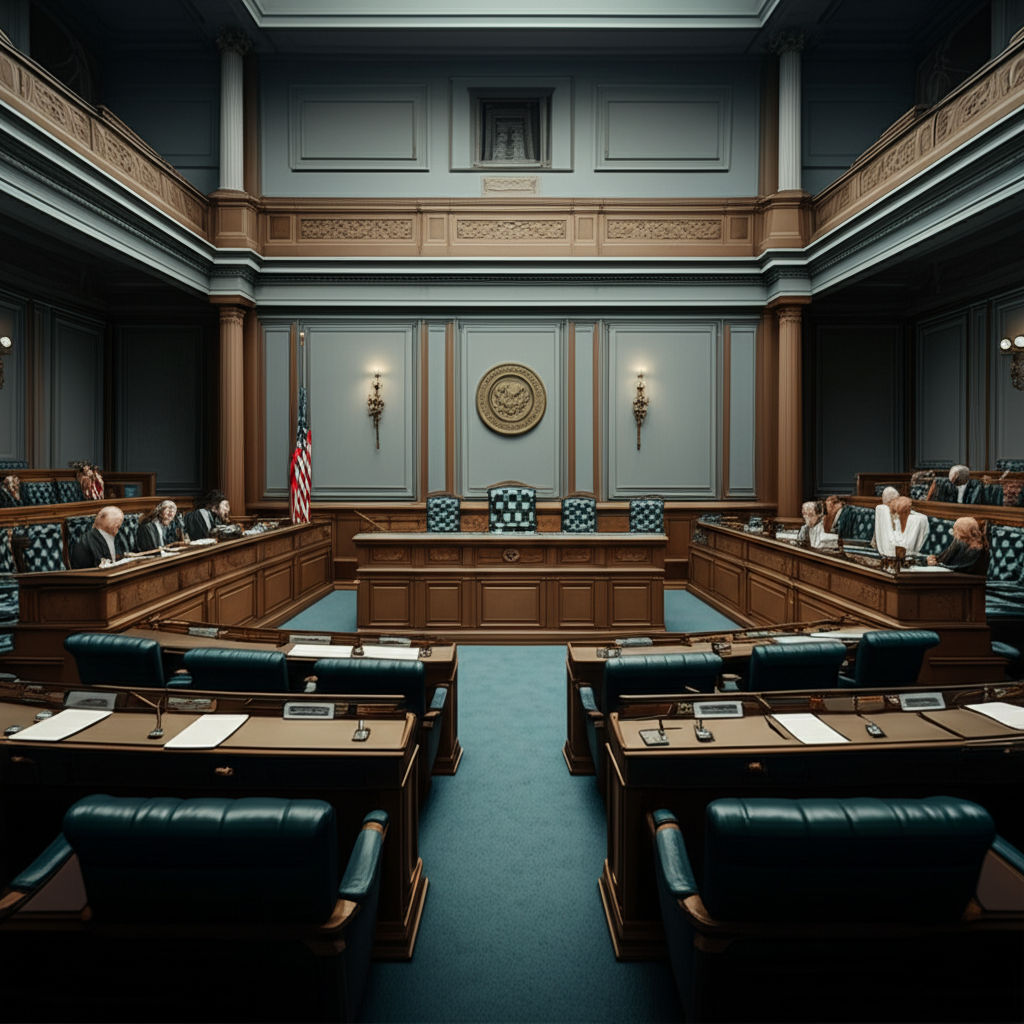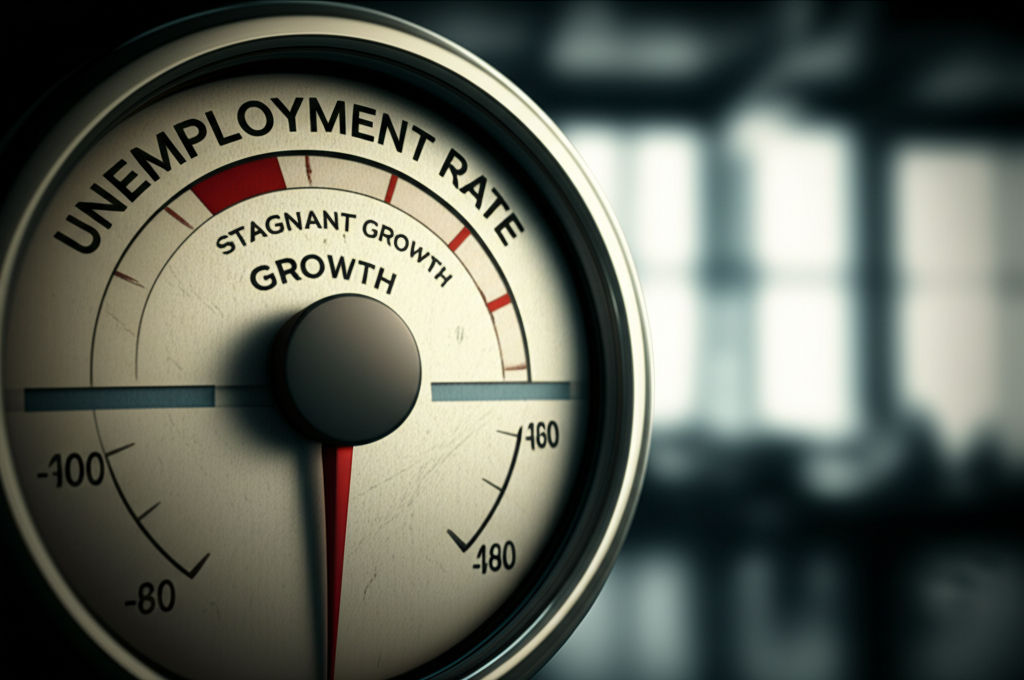Fiscal Policy: Government's Economic Role
Emily Willis

Photo: Fiscal Policy: Government's Economic Role
Fiscal Policy: The Government's Powerful Hand in Shaping Our Economy
Every day, decisions are made in government offices that profoundly impact your wallet, your job prospects, and the overall health of the economy. These decisions fall under the umbrella of fiscal policy, one of the most potent tools a government possesses to steer a nation's economic ship. Far from being a dry, academic concept, fiscal policy directly influences everything from the price of your groceries to the availability of jobs and the quality of public services.
Understanding fiscal policy isn't just for economists or politicians; it's essential for every citizen. It empowers you to make sense of headlines, understand the rationale behind government actions, and even anticipate how economic shifts might affect your personal finances. In this comprehensive guide, we'll demystify fiscal policy, exploring its core components, its real-world impact, and why it remains the cornerstone of a government's economic role.
What is Fiscal Policy? Understanding the Basics
At its heart, fiscal policy refers to the government's use of taxation and government spending to influence the economy. Think of it as the government's budget strategy, where choices about how much money to collect and how much to spend are made with specific economic goals in mind. This isn't just about balancing the books; it's about actively managing the economic tides.
Defining Fiscal Policy: Taxation and Government Spending
The two primary levers of fiscal policy are:
- Taxation: This involves how the government collects revenue from individuals and businesses. Taxes can take many forms, including income tax, corporate tax, sales tax, property tax, and excise taxes. By adjusting tax rates or introducing new taxes, the government can influence disposable income, consumer spending, business investment, and even social behaviors. For instance, lower taxes might encourage people to spend more, boosting demand.
- Government Spending: This refers to how the government allocates the revenue it collects. Government spending can be on a vast array of items, from infrastructure projects (roads, bridges, broadband) and defense to social programs (healthcare, education, unemployment benefits) and salaries for public employees. Increased government spending directly injects money into the economy, creating demand for goods and services, and often leading to job creation.
The Goals of Fiscal Policy: Stability, Growth, and Equity
Governments don't just randomly adjust taxes and spending. Their fiscal decisions are typically guided by several overarching economic objectives:
- Economic Stability: One of the main aims is to smooth out the ups and downs of the business cycle. This means trying to prevent severe recessions (periods of economic contraction) and runaway inflation (a general increase in prices). Fiscal policy can act as a shock absorber, cushioning the economy during downturns and cooling it down when it overheats.
- Economic Growth: Governments strive for sustained, healthy economic growth, often measured by the Gross Domestic Product (GDP). Policies might aim to stimulate investment, foster innovation, and increase productivity, all of which contribute to a growing economy and higher living standards.
- Full Employment: A key goal is to ensure that as many people as possible who want to work can find jobs. During recessions, unemployment tends to rise, and fiscal policy can be used to create jobs and get people back to work.
- Income Redistribution and Equity: Fiscal policy can also be used to address income inequality. Progressive tax systems (where higher earners pay a larger percentage of their income in taxes) combined with social safety nets and welfare programs (funded by taxes) can redistribute wealth and provide a basic standard of living for all citizens.
How Fiscal Policy Influences the Economy
The way fiscal policy is applied depends heavily on the prevailing economic conditions. Governments typically employ two main types of fiscal policy: expansionary and contractionary.
Stimulating Growth: Expansionary Fiscal Policy
When an economy is sluggish, in a recession, or experiencing high unemployment, governments often turn to expansionary fiscal policy. The goal is to boost aggregate demand—the total demand for goods and services in an economy— thereby stimulating economic activity and creating jobs.
Common tactics include:
- Increased Government Spending: By investing in infrastructure projects, increasing transfer payments (like unemployment benefits or direct stimulus checks), or boosting funding for public services, the government directly injects money into the economy. This creates demand for materials, labor, and services, leading to a multiplier effect where each dollar spent generates more than a dollar of economic activity.
- Tax Cuts: Reducing income taxes leaves individuals with more disposable income, encouraging them to spend and invest. Lower corporate taxes can incentivize businesses to expand, hire more workers, and invest in new equipment.
Real-World Example: During the 2008 financial crisis and the subsequent Great Recession, many governments worldwide implemented massive expansionary fiscal policies, including stimulus packages that involved infrastructure spending, tax rebates, and aid to struggling industries. Similarly, the COVID-19 pandemic saw unprecedented levels of government spending and direct payments to citizens to mitigate
Latest ✨
View Allimpact of inflation on households and businesses, outlining the causes and consequences of rising prices. It provides strategies for both households and businesses to cope with inflation, such as budgeting, seeking deals, and negotiating with suppliers. The importance of collaboration and communication between governments, businesses, and consumers is emphasized, along with the need for long-term investments in infrastructure, skills development, and sustainable practices.
Emily Willis
Meta Description: Discover the top skills junior software developers need to master in 2024 to excel in their careers. From coding languages to soft skills, this blog reveals the secrets to staying ahead in the dynamic world of software development.
Emily Willis
Senior secured financing explained: benefits, types, tips, and real-world examples to help businesses access low-risk, asset-backed capital solutions.
Emily Willis
Explore the vital role of financial regulators, the unsung heroes who protect your savings, prevent crises, and ensure a stable, thriving economy.
Emily Willis
Business
View All
June 9, 2025
Find Your Next Great Business IdeaUnlock your next great business idea! Learn a structured process to discover, evaluate, and refine entrepreneurial opportunities for real-world success.
Emily Willis

June 8, 2025
SEO Strategy to Rank Higher (2025)Master SEO in 2025! Discover essential strategies for user experience, AI, and E-A-T to rank higher and capture organic traffic.
Emily Willis

June 8, 2025
Agile Project Management for ResultsAgile project management: an iterative, flexible approach delivering continuous value & achieving tangible business outcomes through customer feedback.
Emily Willis
Economy
View AllGlobalization has a profound impact on the economies of developing countries, offering both opportunities and challenges. By increasing access to markets, facilitating technology transfer, creating jobs, and promoting cultural exchange, globalization can drive economic growth and development. However, addressing the challenges of economic inequality, loss of domestic industries, environmental impact, and cultural homogenization is essential to ensure sustainable and inclusive growth. By adopting strategic measures and fostering international cooperation, developing countries can maximize the benefits of globalization and build a brighter future
Read MoreNavigate financial markets confidently! This guide demystifies risk management, helping you protect investments, enhance stability, and secure your financial fu...
Read MoreDemystify the unemployment rate. Learn what it signifies, how it's measured, and why this economic barometer impacts your daily life.
Read MoreEntertainment
View All
August 4, 2024
The Future of Cinema: Trends in Film Production, Distribution, and Audience Engagementthe ever-evolving landscape of cinema, driven by technological advancements, changing audience preferences and innovative storytelling approaches. The exhibition explores trends such as digital filmmaking, virtual production, the dominance of streaming services, hybrid release models, and the revitalization of cinemas.
Emily Willis

August 5, 2024
Music's Evolving Landscape: Technology, Social Media, and Global TrendsThe music industry has undergone significant changes due to technological advancements, social media, and a growing global audience. The shift from analog to digital formats, the rise of streaming services, and the impact of social media on artist-fan relationships are explored.
Emily Willis

August 5, 2024
Fandom's Power: Passionate Communities and Cultural ImpactFandoms are dedicated groups of fans who come together around a shared love for a book series, movie franchise, or other interest. They provide a sense of belonging and community for individuals, particularly those who may feel like outsiders in their everyday lives.
Emily Willis
Health
View Allour minds are often overwhelmed with information and stimuli, leading to stress and anxiety. Mindfulness and meditation offer tools to cultivate inner peace and well-being. Mindfulness involves being present in the moment without judgment, while meditation involves focusing attention on an object or thought.
Emily Willis
Regular exercise is essential for maintaining both physical and mental health. It helps with weight management, cardiovascular health, muscle strength, energy levels, and sleep quality. Exercise also reduces stress and anxiety, improves mood, cognitive function, and self-esteem, and lowers the risk of depression. Different types of exercises, such as aerobic, strength training, flexibility, balance, and mind-body exercises, contribute to overall health. To start and maintain an exercise routine, it is important to start slowly, set realistic goals, find enjoyable activities, stay consistent, and listen to your body.
Emily Willis
Heart disease is a leading cause of death globally, but early detection and prevention strategies can reduce its impact. This article discusses the importance of early detection, common risk factors, preventive measures, and lifestyle changes for heart health. Understanding heart disease, recognizing symptoms, and undergoing regular screenings are crucial. Common risk factors include high blood pressure, high cholesterol, diabetes, smoking, obesity, physical inactivity, and family history. Symptoms of heart disease include chest pain, shortness of breath, fatigue, irregular heartbeat, and swelling. Diagnostic tests and screenings include blood pressure measurement, cholesterol screening, blood glucose test, ECG, stress test, and imaging tests. Preventive measures include adopting a heart-healthy diet, regular physical activity, quitting smoking, managing stress, maintaining a healthy weight, and limiting alcohol consumption. Medications and treatment options may be necessary for individuals at high risk or diagnosed with heart disease.
Emily Willis
Trending 🔥
View All
1
2
3
4
5
6
7
8
9
Lifestyle


Sports
View AllAugust 5, 2024
Sportsmanship in the Spotlight: Cultivating Respect, Integrity, and Ethical Behavior
Read MoreAugust 5, 2024
The Future of Sports: Anticipating Trends, Embracing Innovation, Shaping a New Era
Read MoreTechnology
View All
August 5, 2024
What is Blockchain and How does it Work?
Blockchain technology is a decentralized digital ledger that records transactions securely and transparently across multiple computers. Key concepts include decentralization, cryptographic security, and consensus mechanisms. Transactions are verified, grouped into blocks, and added to the blockchain through a consensus process.

August 5, 2024
Top 5 VR Headsets for PC Gaming in 2024
Discover the top 5 VR headsets for PC gaming in 2024! Immerse yourself in stunning visuals, immersive audio, and intuitive controls with these powerful VR devices. From high-end options to budget-friendly alternatives, we've got you covered on your journey to the ultimate VR experience.

August 5, 2024
AI Trend Predictions for 2024 and beyond
AI is no longer a futuristic concept, it is shaping our world at an unprecedented pace. In 2024 and beyond, AI trends are likely to dominate in various industries. Generative AI is expected to revolutionize content creation, design, and product development. In healthcare, AI will lead to personalized medicine, drug discovery acceleration, improved diagnostics, and remote patient monitoring.

August 5, 2024
Best AR Apps for Interior Design
Discover the top AR apps for interior design and transform your space with ease! From furniture placement to paint colors, these innovative tools will revolutionize the way you decorate, making your home design dreams a reality



















